A visit to the mighty Victoria Falls is a must-do vacation on every Southern Africa travel itinerary. Situated on the border of Zambia and Zimbabwe and listed as a UNESCO World Heritage Site, this 1 700 meter wide waterfall has been promoted by the Seven Natural Wonders Organization as the greatest falling curtain of water on this planet, making it one of the “Seven Natural Wonders of the World”.
The name “Victoria Falls” was given by the renowned Scottish explorer, Dr. David Livingstone. He was believed to be the first European to see the falls in 1855 and named it after the reigning queen at the time - Queen Victoria. Victoria Falls is also widely recognized across the world as Mosi Oa-Tunya: ”the Smoke that Thunders”. The name derived from the sound made when water plunges down the 100-meter drop and produces a heavy mist resembling smoke. It is for this reason that it is nearly impossible to view the falls up-close without getting completely soaked... but it’s so worth it!
The position of the falls welcomes travelers to both Zambia and Zimbabwe; each offering a selection of luxury hotels, spectacular viewpoints and an array of exciting and unique experiences. It is because of these similarities that more often than not, travelers are torn between the two sides.
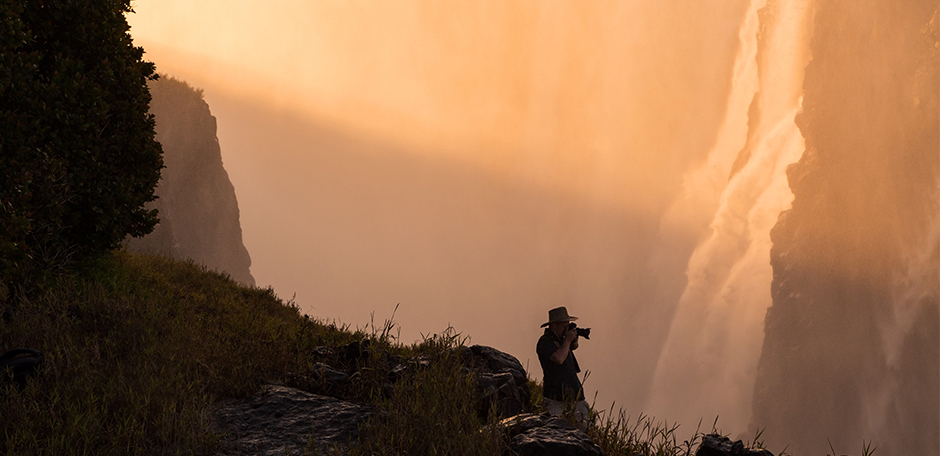
The easiest solution would be to visit both sides of the falls, especially with the introduction of the KAZA Uni-Visa but knowing that time and money can often bare weight in a decision, here is everything you need to know about deciding which side of the Victoria Falls to visit.
Visa Requirements
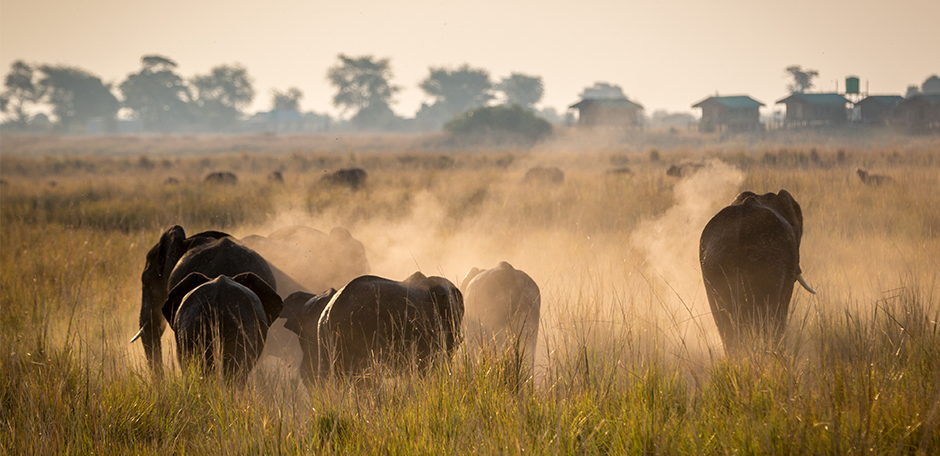
It goes without saying that no matter which side of the falls you choose to visit, a visa is required for both Zambia and Zimbabwe. If you decide to visit both sides of the falls, applying for a KAZA Uni-Visa has never been easier. Available to 65 countries at a cost of US$50, the Kaza Uni-Visa is valid for 30 days and allows you to cross between both countries as many times as you wish. The Uni-Visa even allows for day-trips to Botswana to visit top attractions like the Chobe National Park – provided you return to Zambia or Zimbabwe the same day.
Currently, Zambia charges US$50 for a single entry visa and Zimbabwe charges US$35 depending on the traveler's nationality, which means that the Kaza Uni-Visa is not only cheaper if you want to visit both countries, but also allows you to avoid unnecessary visa queues.
Best View of The Falls
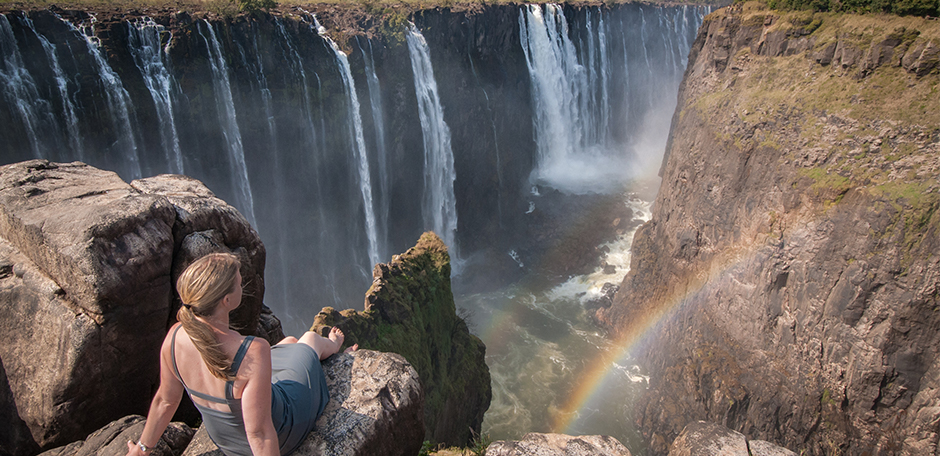
Although visible from two countries, the Zimbabwean side of the falls is considered to offer the best vantage point from which to admire the falls. The entrance is located within the Victoria Falls National Park which leads to various paths that offer the best views of the falls - Devil’s Cataract, Main Falls, Horseshoe Falls and Rainbow Falls. Although the Zimbabwean side does offer a greater number of unobstructed viewpoints than the Zambian side, if you looking to get up-close with the rushing falls then Livingstone, Zambia is where you can do just that. Standing on the Knife-Edge Bridge is a thrilling experience and you must be prepared to be completely drenched from the spray of the falls. For a very different experience and close up view of the falls, a visit to Livingstone Island is highly recommended. Operational in the low water season, Livingstone Island is where you will find the natural rock pool known as Devil’s Pool. Not for the fainthearted, Devils Pool allows one to live on the edge, quite literally!
Best Time to Visit Victoria Falls
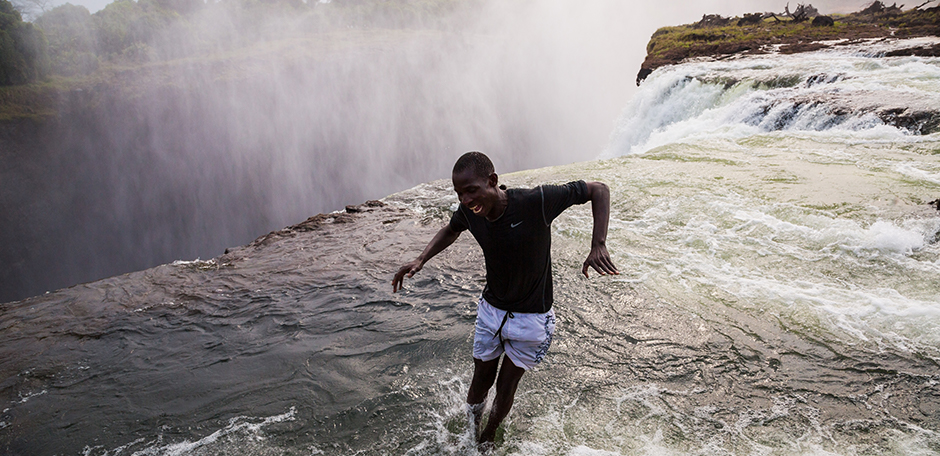
In the peak of the high water season, during the months of March to June, the falls is at it's prime - a mighty and thunderous spectacle. The spray is often so profuse that you can occasionally not see the falls. The Zambian side is incredible during July and August when the water level has fallen but hasn’t quite dried up. During low water season, from September to early December, the once dramatic Victoria Falls resembles a dry rock wall, whereas during the peak of the high water season months of March to June, the spray is so powerful that visibility is generally very poor. During the low water season on the Zambian side, you should intend on visiting Livingstone Island which is positioned right next to the main falls. Enjoy a tour of the island followed by breakfast, lunch or high tea, and if you are brave enough, discover Devil's Pool where you look over the edge of the falls.
Which Side is Better?
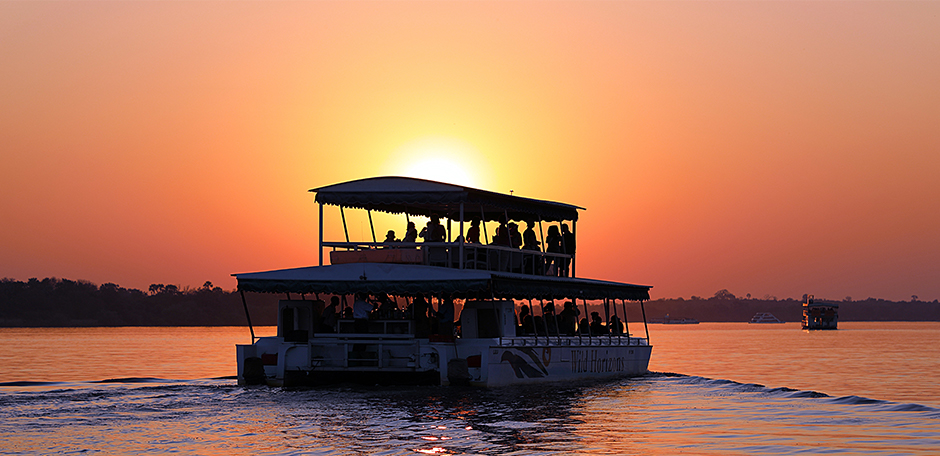
There is no definite answer to this question as both sides have their advantages. It all depends on the time of year, your budget and your interests.
During the low water season, the Zimbabwean side offers the perfect view of the falls but then on the other end is Livingstone Island and Devils Pool, offering a somewhat unique and exhilarating experience. Victoria Falls showcases a wide variety of activities, and apart from a select few, most of the popular activities such as helicopter rides over the falls, cultural village visits and sunset cruises on the Zambezi River are possible from both sides. From an accommodation standpoint, the Zimbabwean side has better options for clients on a tight budget, whilst the Zambian side has better accommodation options for clients on a higher budget. To take full advantage of your time in Southern Africa, it is also recommended that you combine your visit to the falls with a safari experience in top destinations, including the Kruger, South Luangwa, Kafue, Hwange, Mana Pools and Chobe National Parks. Let our Safari Experts help you discover the perfect African vacation.
If you enjoyed reading our blog on Victoria Falls and are interested in learning more about a safari experience in Chobe National Park and the Okavango Delta, then read our blog: Chobe National Park vs Okavango Delta: Which one is best?

